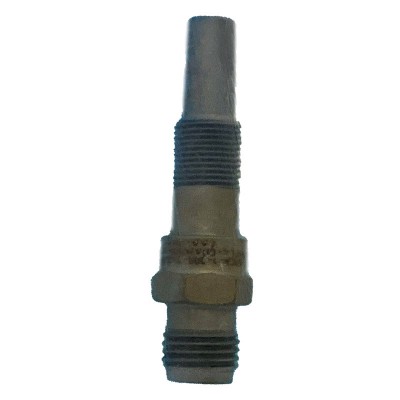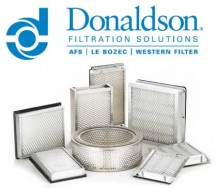FREE SHIPPING ON ORDERS OVER $350 (USA ONLY - SOME EXCLUSIONS APPLY) | 877-4-SPRUCE
CH34016-1 Champion Igniter
$1016.00/Each
Part# 07-03240
MFR Model# CH34016-1
MFR Model# CH34016-1
Overview
|
CH34016-1 Champion Igniter
The research and development team at Champion Aerospace has pioneered the use of exotic materials to extend the life and enhance performance of turbine igniters. Champion Aerospace is a leading supplier to the OEM turbine engine market for airline, business aviation, general aviation, space and military aircraft applications. Champion Aerospace has produced igniter designs for global customers, including land and marine power plants; oil, gas, and coal furnaces; oil rig operations; and pumping stations. Champion can provide Industry certification compliant hardware for hazardous environment requirements (i.e. CSA, CE, ATEX etc…) Plus, it builds more gas turbine igniter models than all other manufacturers combined. Champion-engineered safety retention features and long-life capable designs are the best in the business. Champion developments to extend life in the turbine igniter design include optimized use of precious metals, super alloys, coatings, air-cooled tip designs, fuel drain slots (which keep the igniter from quenching) and high temperature sealing features to survive today’s extreme combustor conditions. Champion also uses engobe semi-conductive/solid body semiconductor materials for more reliable response to difficult starting conditions. Champion’s unmatched internal Ceramic Manufacturing capability permits design and manufacture of industry leading Alumina Oxide insulators and Silicon Carbide semiconductors which sets it apart from the competition in product performance, quality and response time. |
Features
- Silver-plated shell for protection against corrosion and seizing at mechanical interfaces.
- Advanced glass and mechanical sealing features design outside the combustor case for protection against gas leakage under high temperature conditions.
- Internal configuration designs that optimize heat flow away from terminations to protection sensitive ignition lead components
- Internal termination protective coating to prevent lead component seizing
- Firing end design configurations that can deliver igniter life up to 5,000 flight cycles in select applications
- Use of external wear and thermal barrier coatings to protect the life limiting features from wear and thermal distress
- Option for three different semiconductor bodies for low voltage application requirements
Q&A
Please note, Aircraft Spruce's personnel are not certified aircraft mechanics and can only provide general support and ideas, which should not be relied upon or implemented in lieu of consulting an A&P or other qualified technician. Aircraft Spruce assumes no responsibility or liability for any issue or problem which may arise from any repair, modification or other work done from this knowledge base. Any product eligibility information provided here is based on general application guides and we recommend always referring to your specific aircraft parts manual, the parts manufacturer or consulting with a qualified mechanic.








 FREE Shipping
FREE Shipping





















